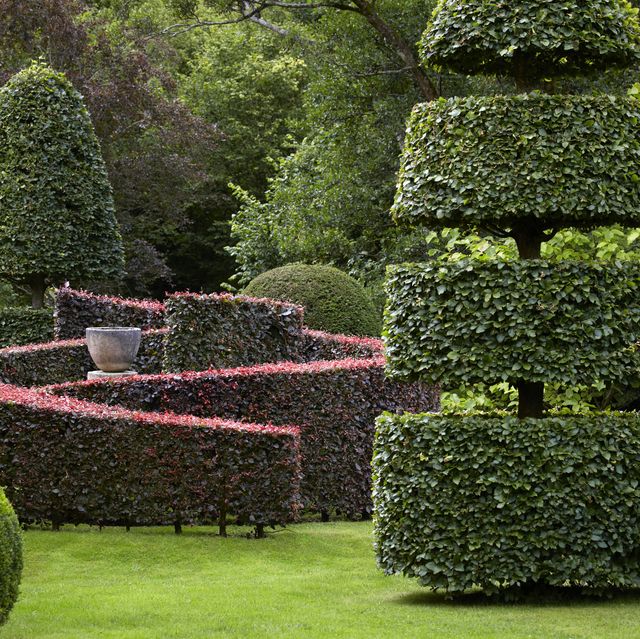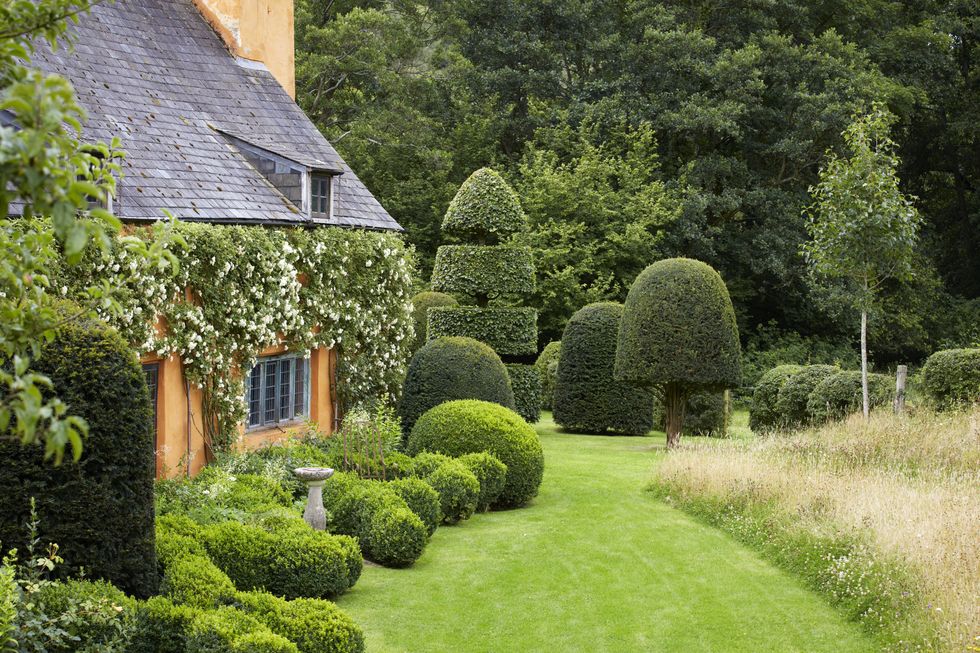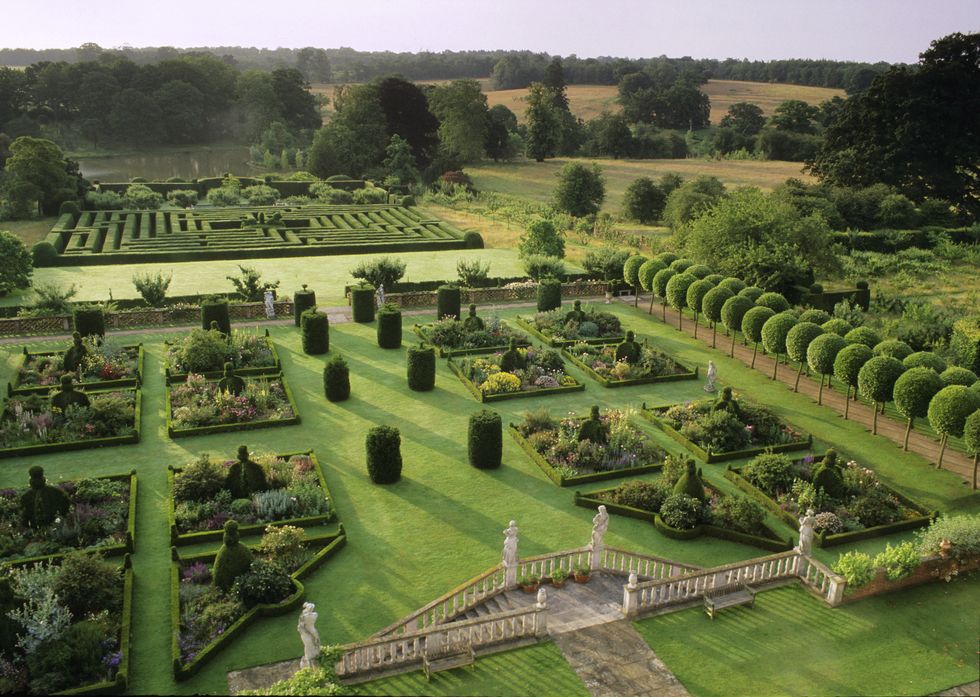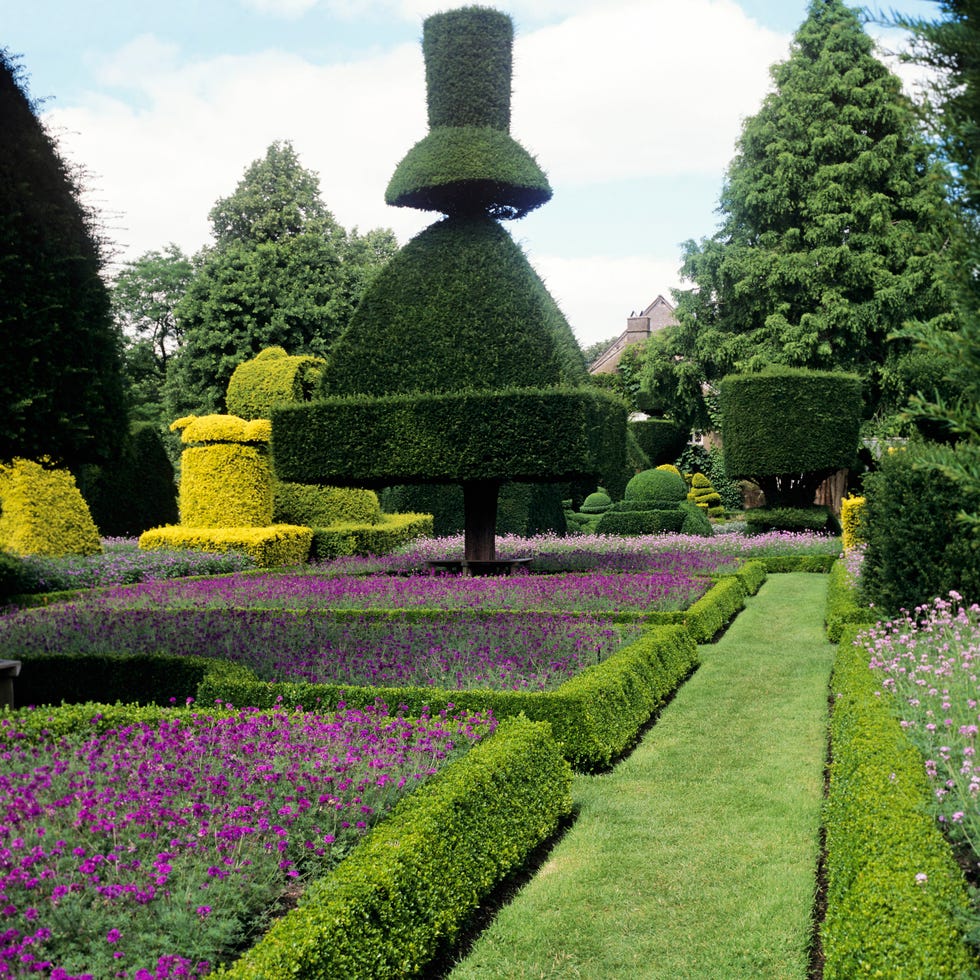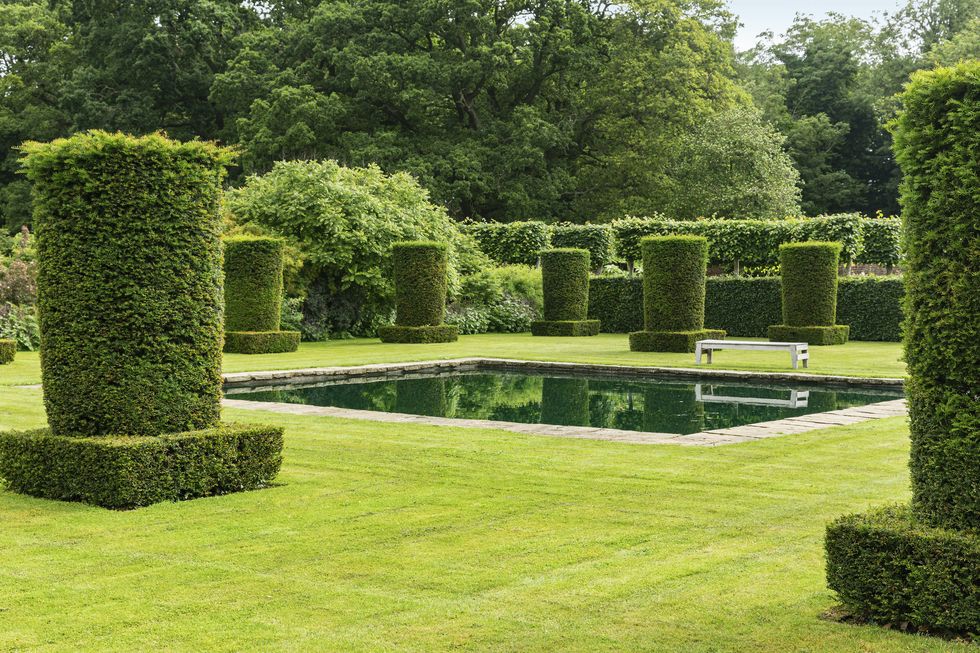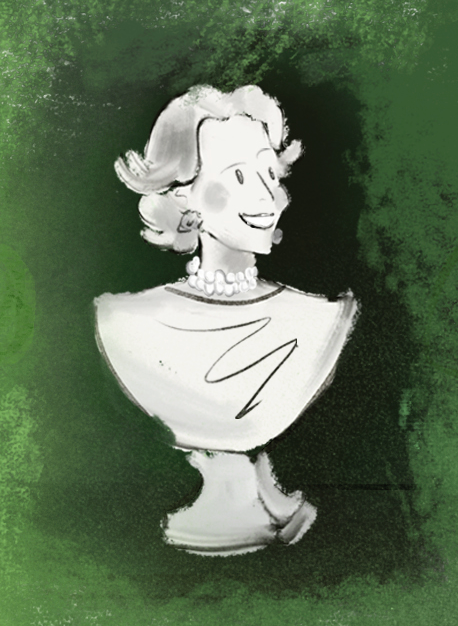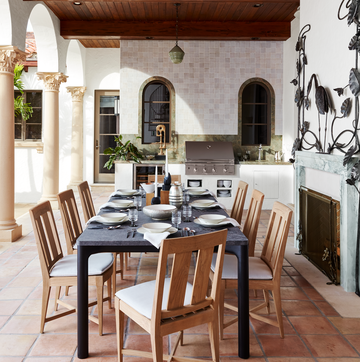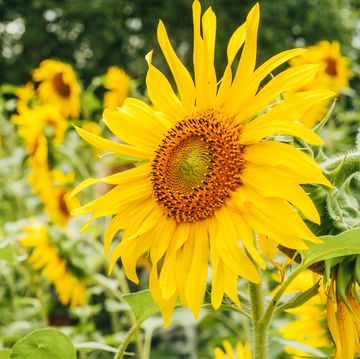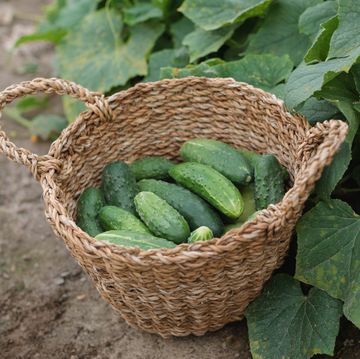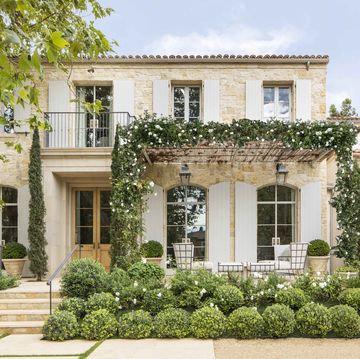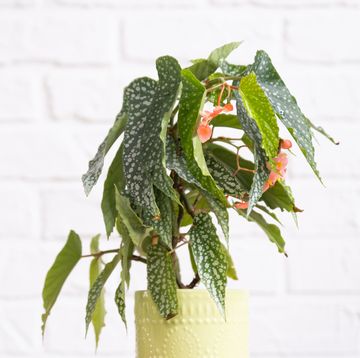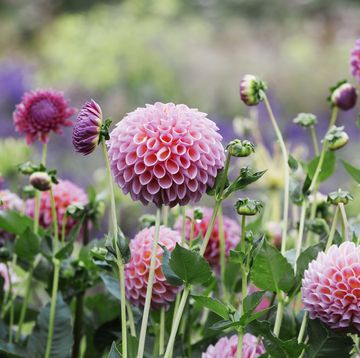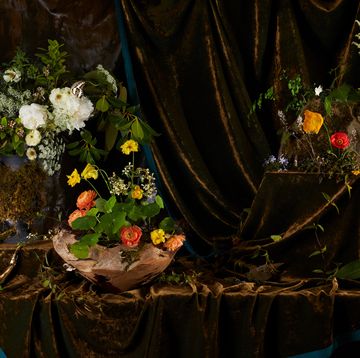I still vividly remember noticing topiary for the first time. I was just 3 or 4 years old, riding the bus into the local market town near where we lived in Dorset to go shopping with my mother. I always wanted to sit upstairs so I could see over the hawthorn hedge of a particular house we passed, enthralled by the incredible wedding-cake clipped yew in the front garden. It was so precise, so perfectly formed, and I was mesmerized.
In almost all the gardens I’ve designed around the world since I began my practice in 1986, I have used topiary to some degree, no doubt influenced by those early memories. Traditionally, topiary was considered a very formal element, associated with large, grand gardens and set out in rigid patterns to accentuate axes and punctuate formal spaces. Opulence in garden design, including the use of these clipped shapes, was often a symbol of status, signifying wealth and power. However, my preference is for a more informal, asymmetrical style, using simple shapes—domes, balls, and layered cones—to bring an element of fun to a garden. This style is inspired by the more naïve, organic shapes found in modest cottage gardens—often introduced by gardeners who were employed by grander properties and who wanted a little whimsy in their spaces.
Either way, topiary adds permanent structure to a garden. In their recent book, Winter Gardens, Clare Foster and Andrew Montgomery eloquently show how planted structure holds the garden together over the winter months, its bare bones exposed and its strength emphasized by a dusting of snow or glistening frost. It is this strength and elegance that I strive for, using a range of trees and shapes to achieve a harmonious group of “players” that carry you through and around a garden, leading the way and marking changes in its atmosphere or tempo.
I love that topiary is enjoying a renaissance today. We’re seeing it used more in contemporary garden design, where shapes like platforms and cubes pick up the style and design of modern properties and anchor a larger house in its landscape. Equally, topiary can feel very Elizabethan—an era I am constantly inspired by—bringing scale and antiquity to a property. Domes and balls can soften gateways and transition points. And by clipping native trees, such as field maple, we can lessen the degree of formality, adding an element of surprise and naivety. Copper beech is a popular choice in contemporary designs, pleached or clipped in layers or spirals, but also suits more ancient landscapes and adds additional color to the garden in colder months as it retains its dried bronze leaves until the new growth pushes through in spring. Yew and box can add weight and, grouped closely together, can help give a sense of enclosure, secrecy, or suspense.
I continue to be inspired by gardens that celebrate the art of topiary, such as Levens Hall in Cumbria where a love of clipped trees is a must for visitors! Its exuberance and sheer scale perfectly showcase topiary as a horticultural art form. Even a fleeting visit to this garden—or any of the many great topiary displays—is a wonderful tonic, inviting you to immerse yourself in the trees and wonder at their beauty.
This article originally appeared in the March/April 2022 issue of VERANDA. Photograph by Britt Willoughby Dyer; illustrations by Tug Rice; produced by Dayle Wood; written by Arne Maynard
